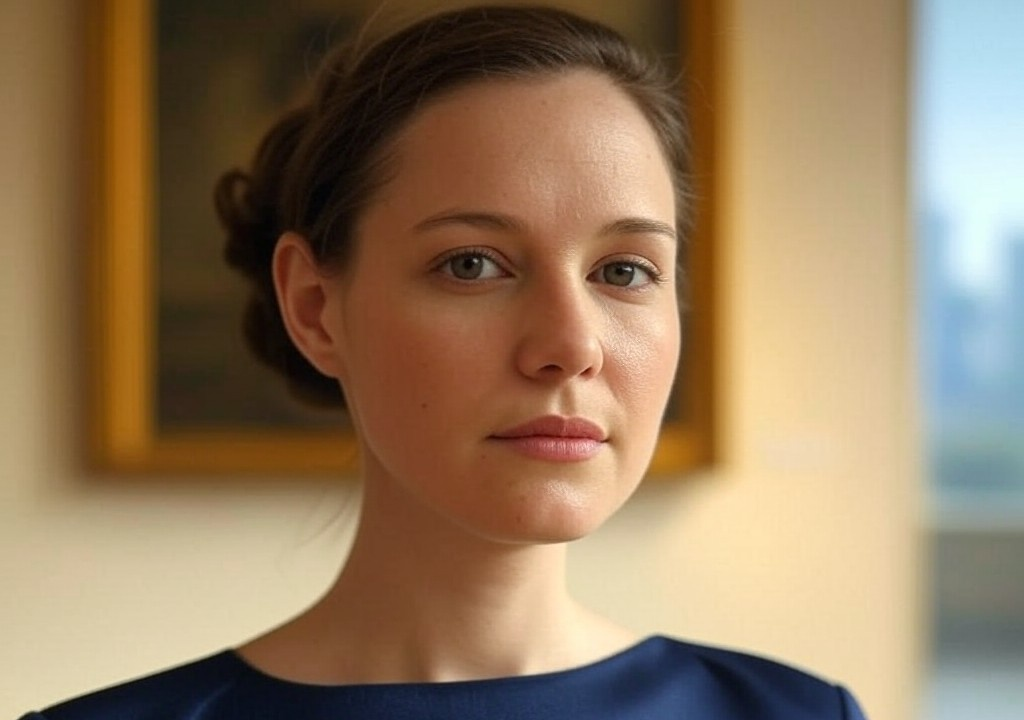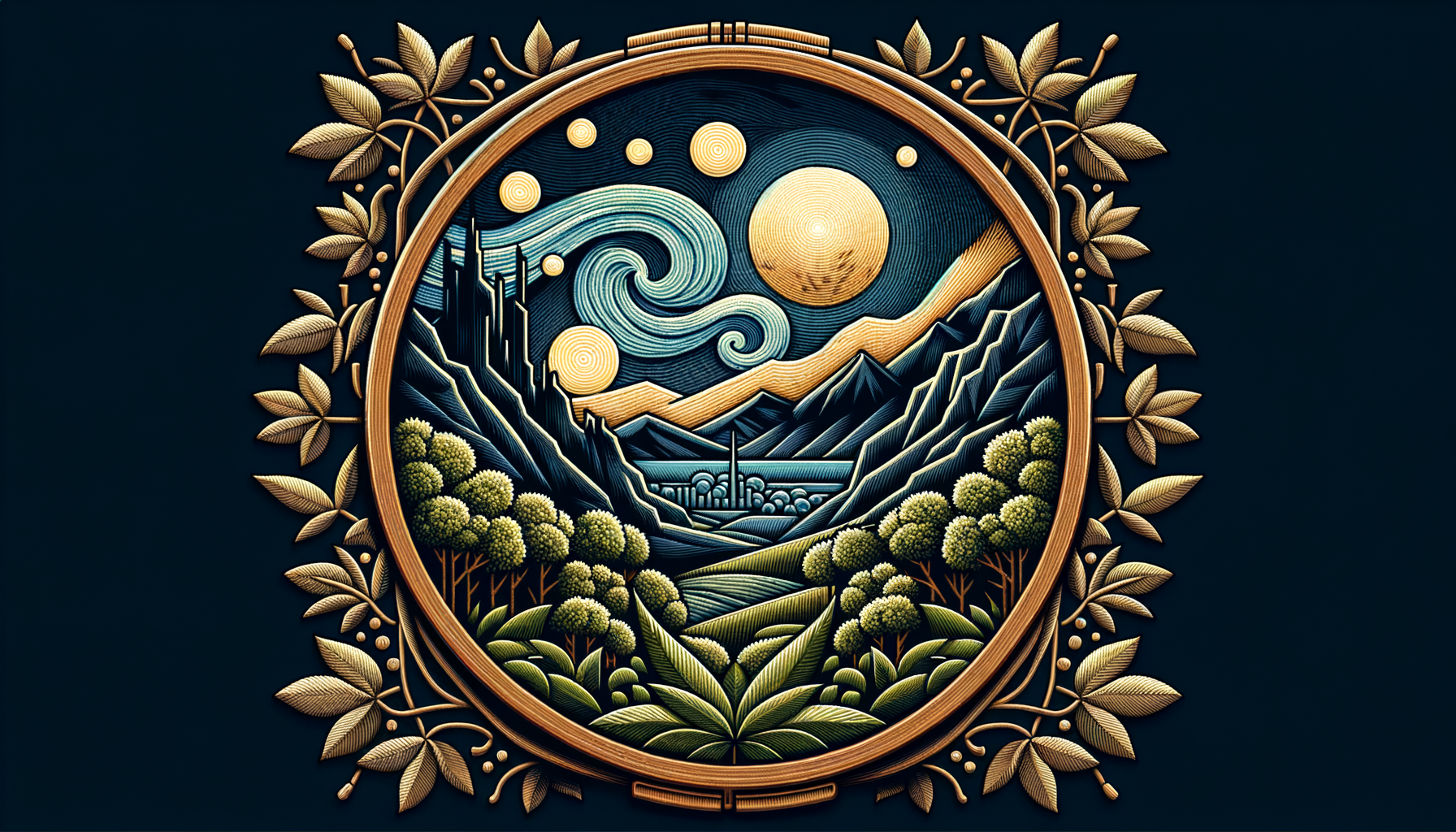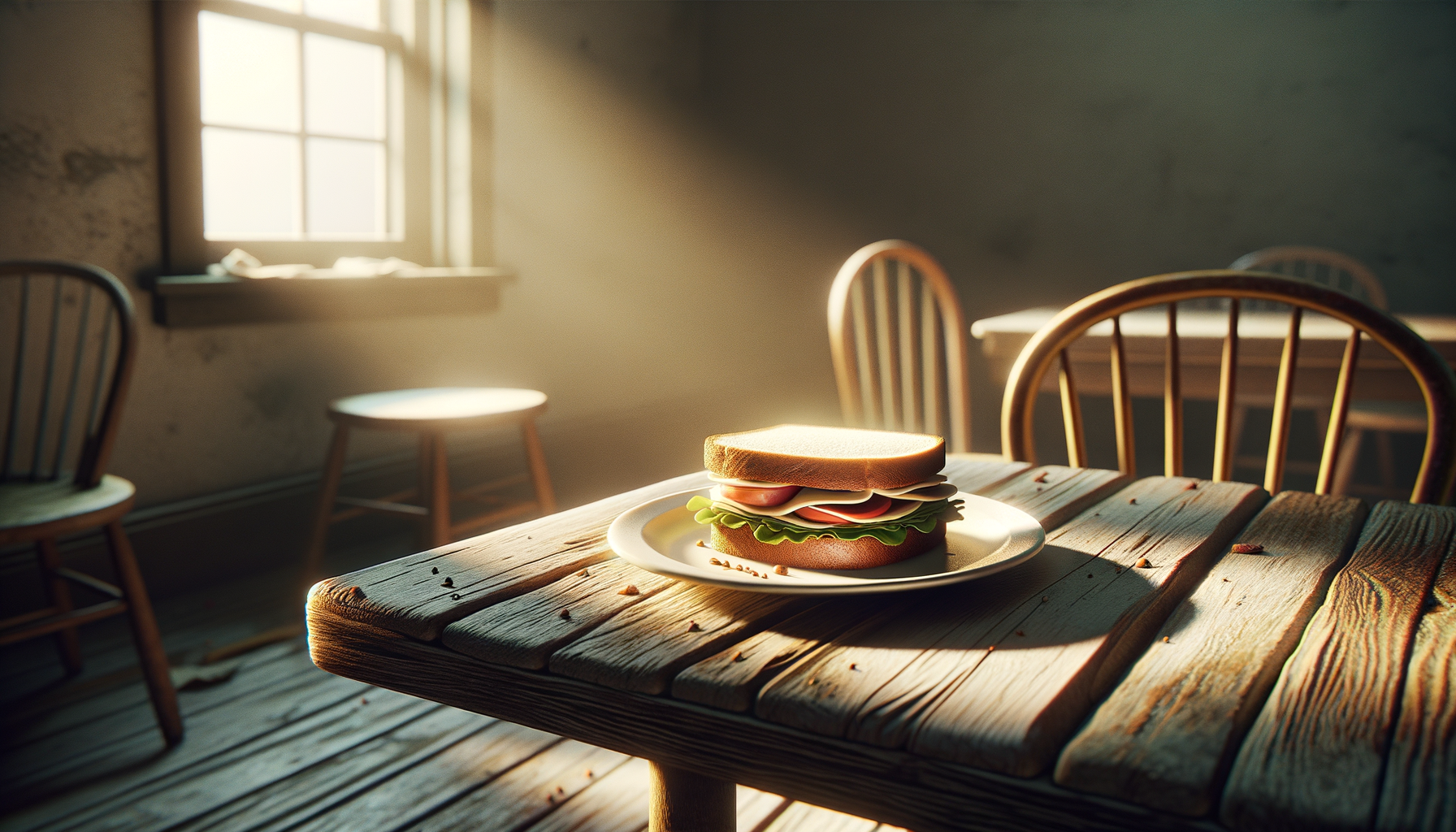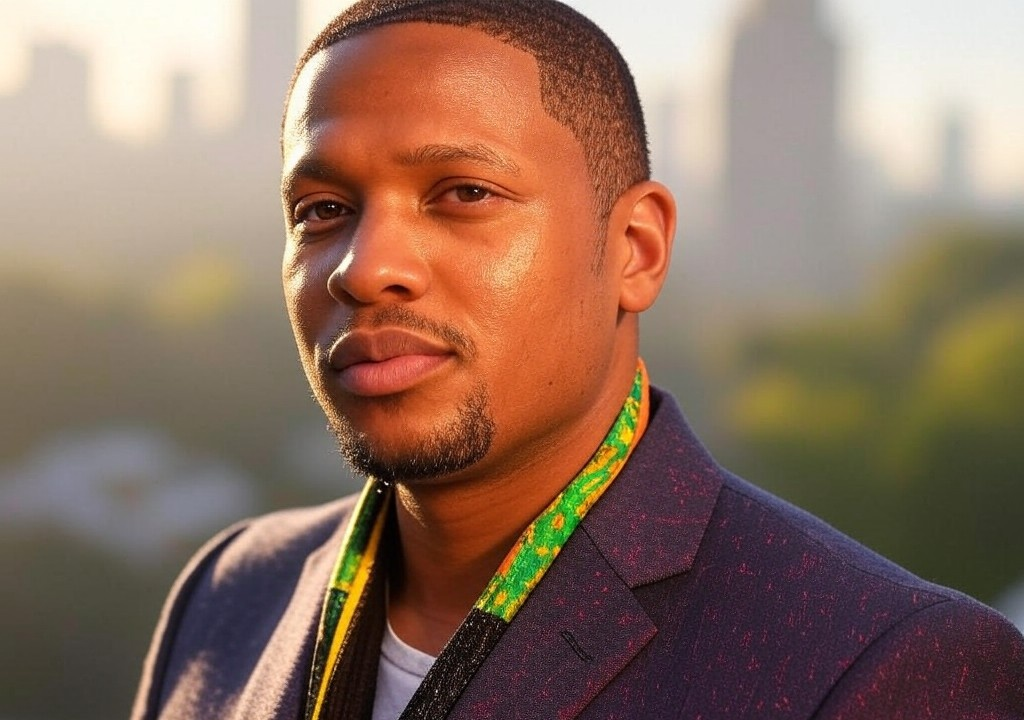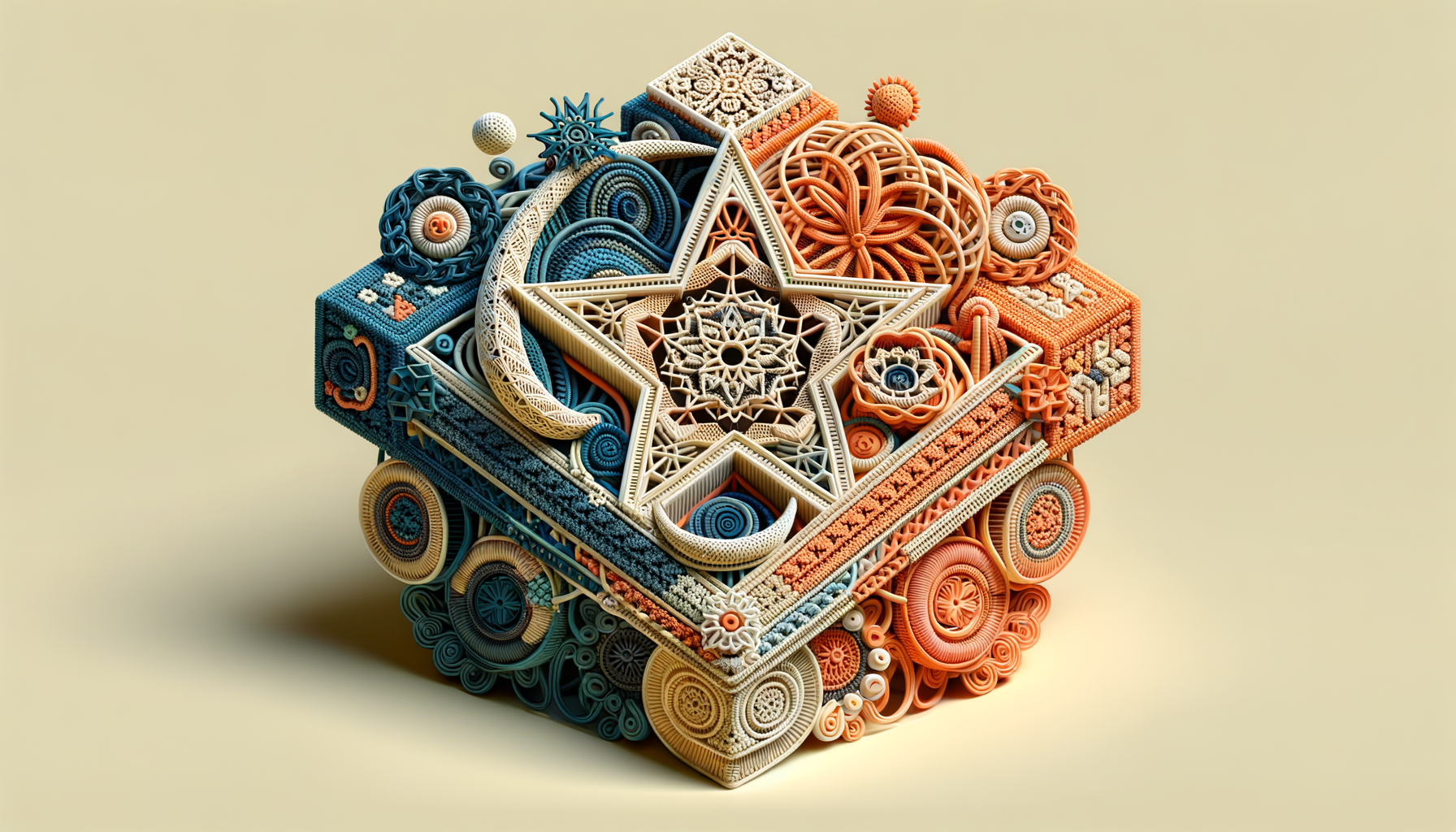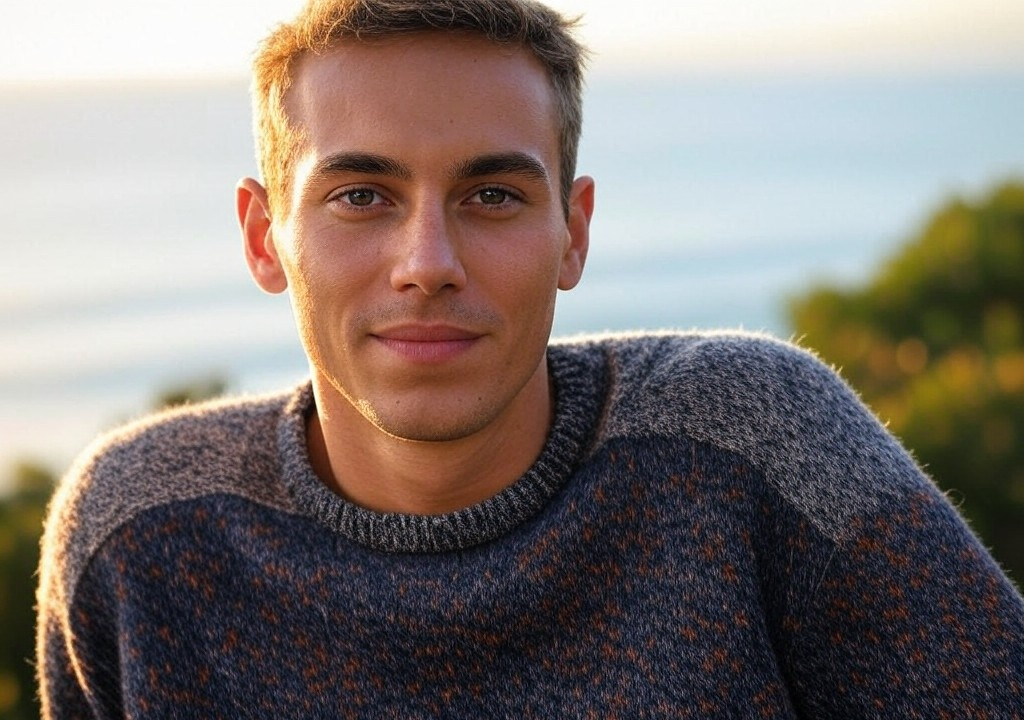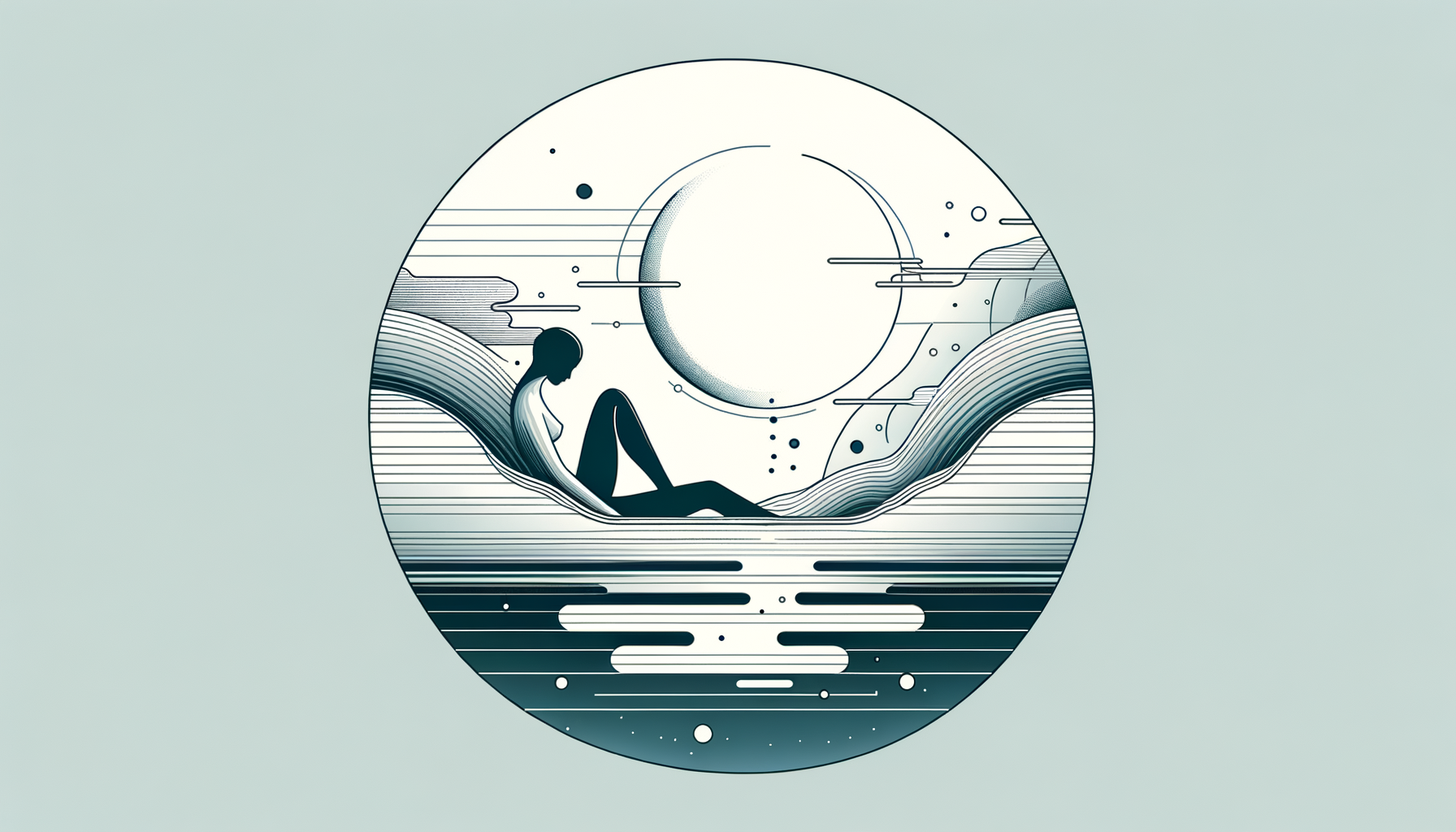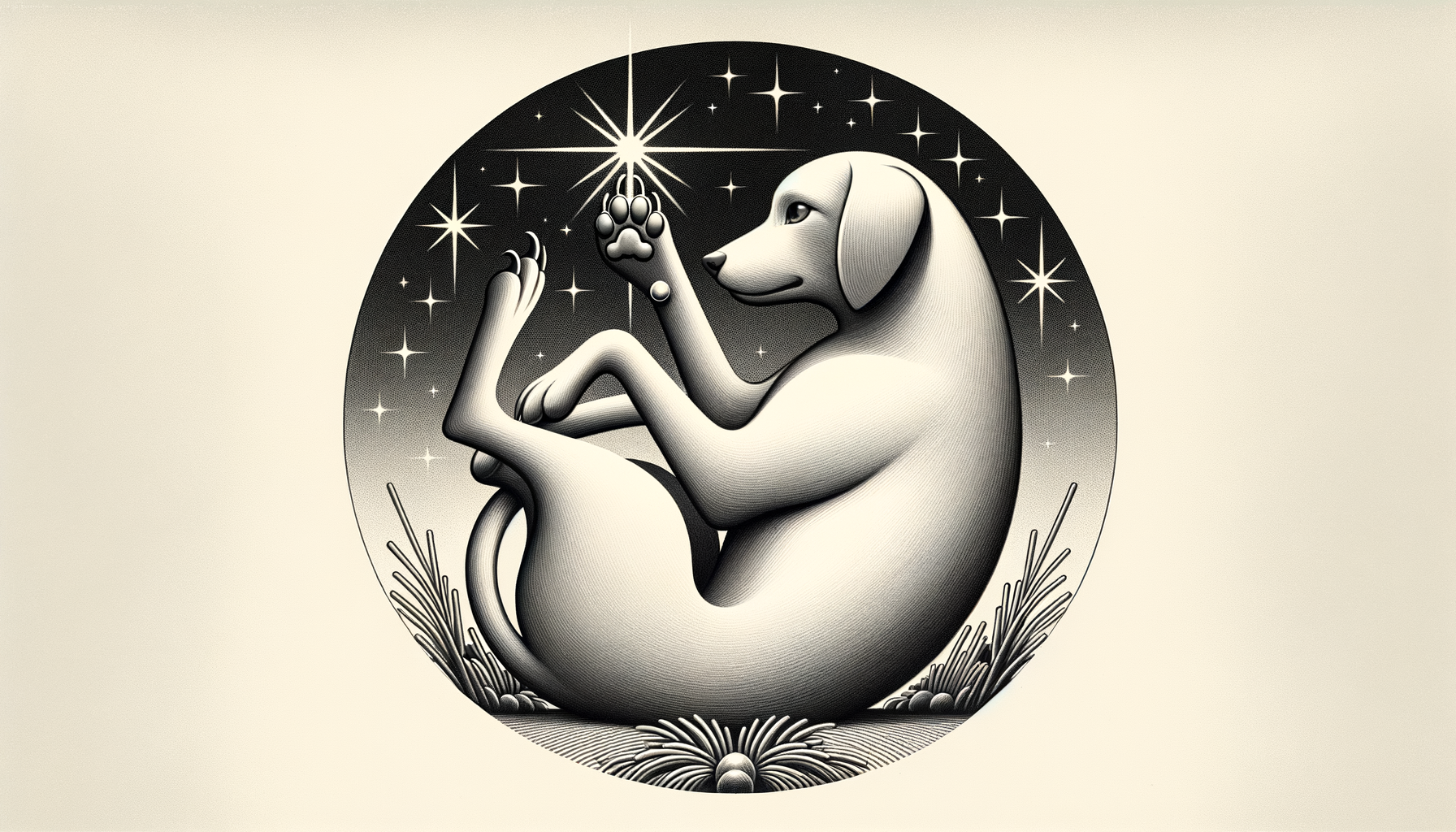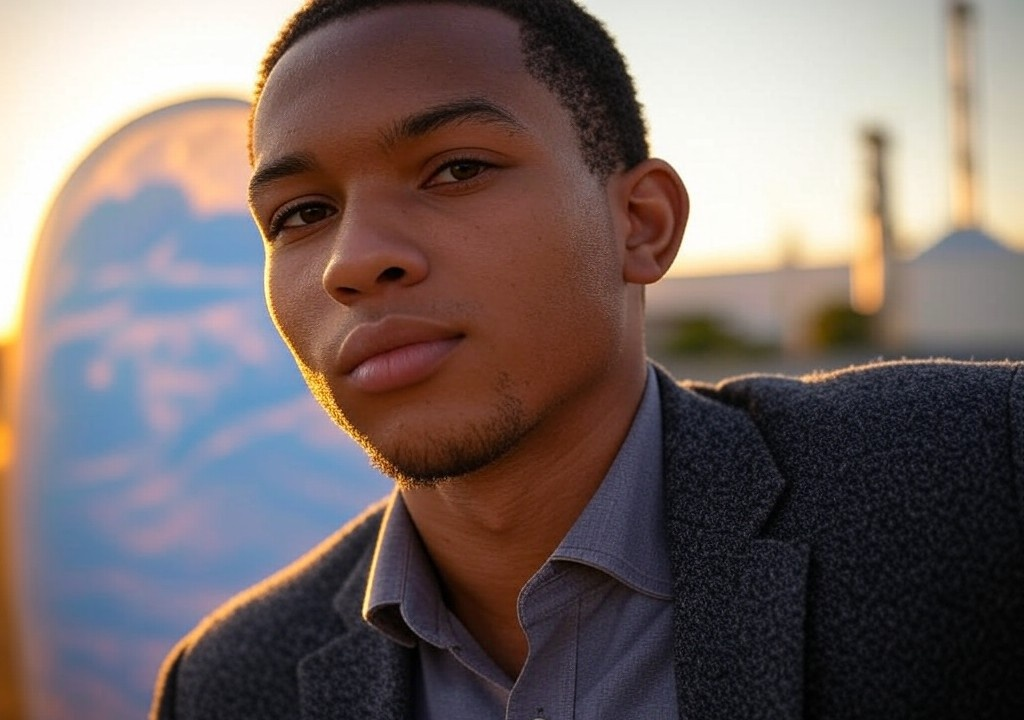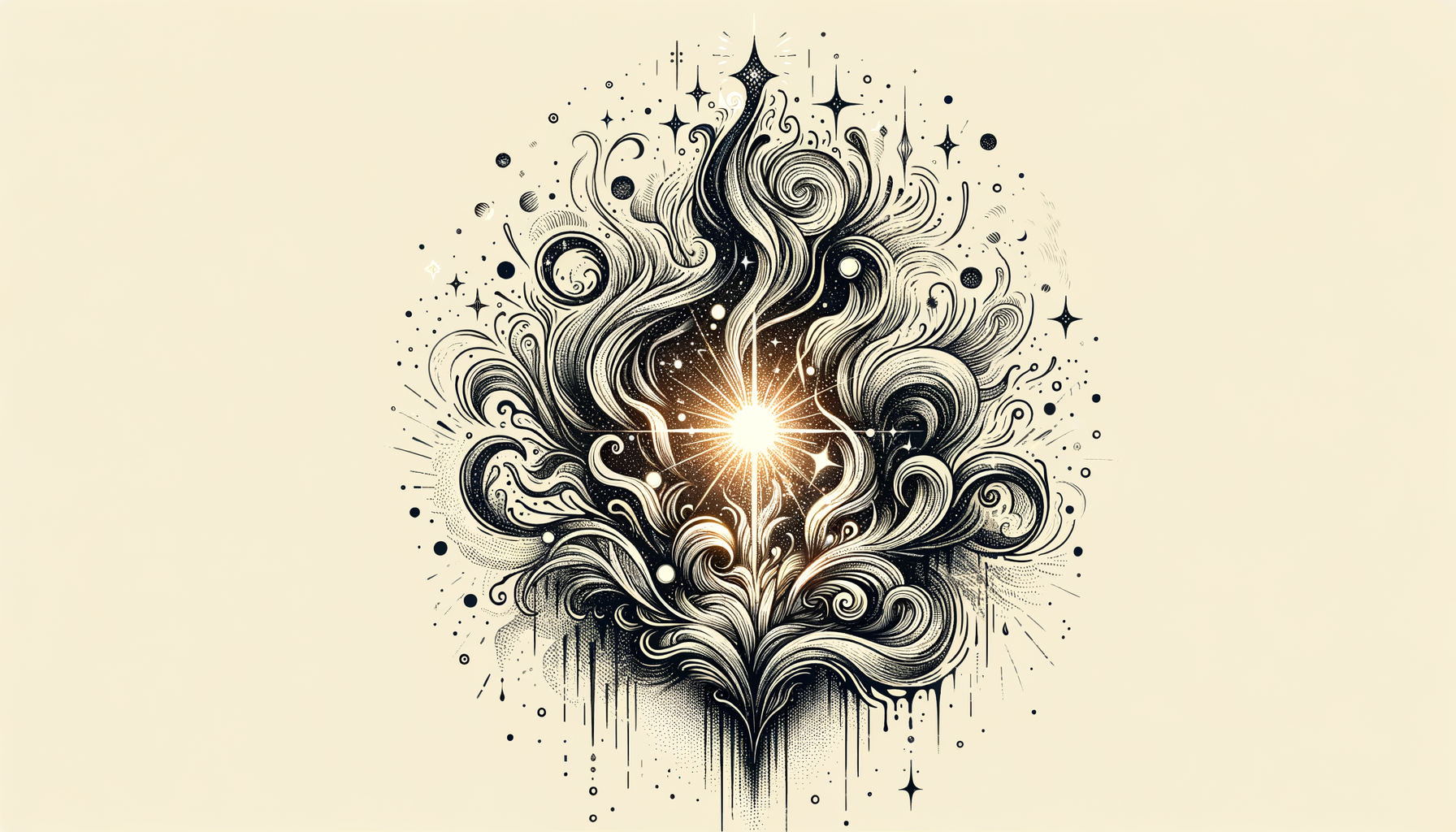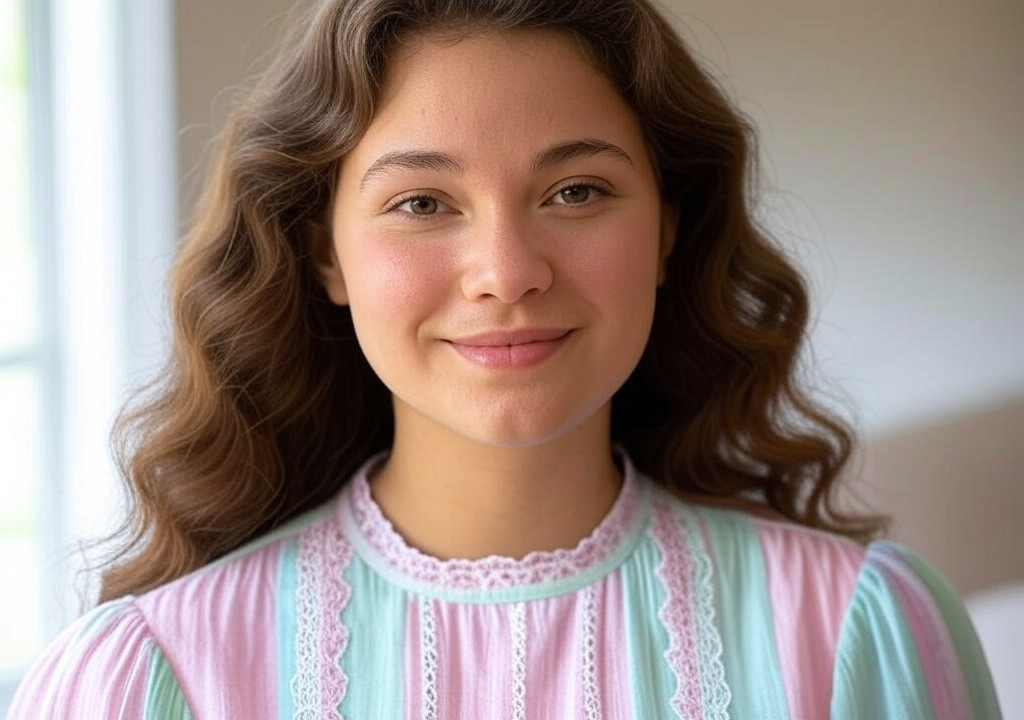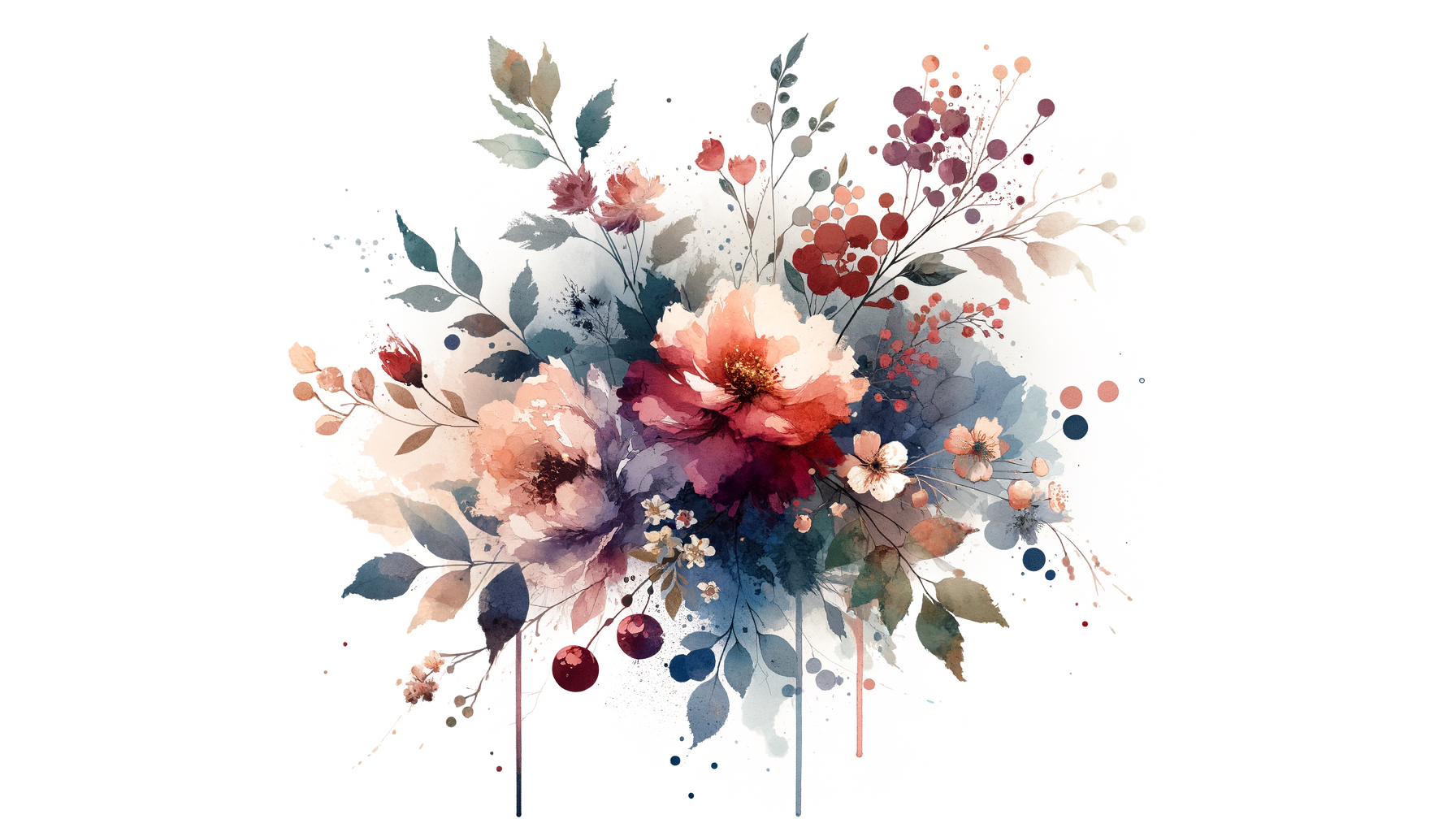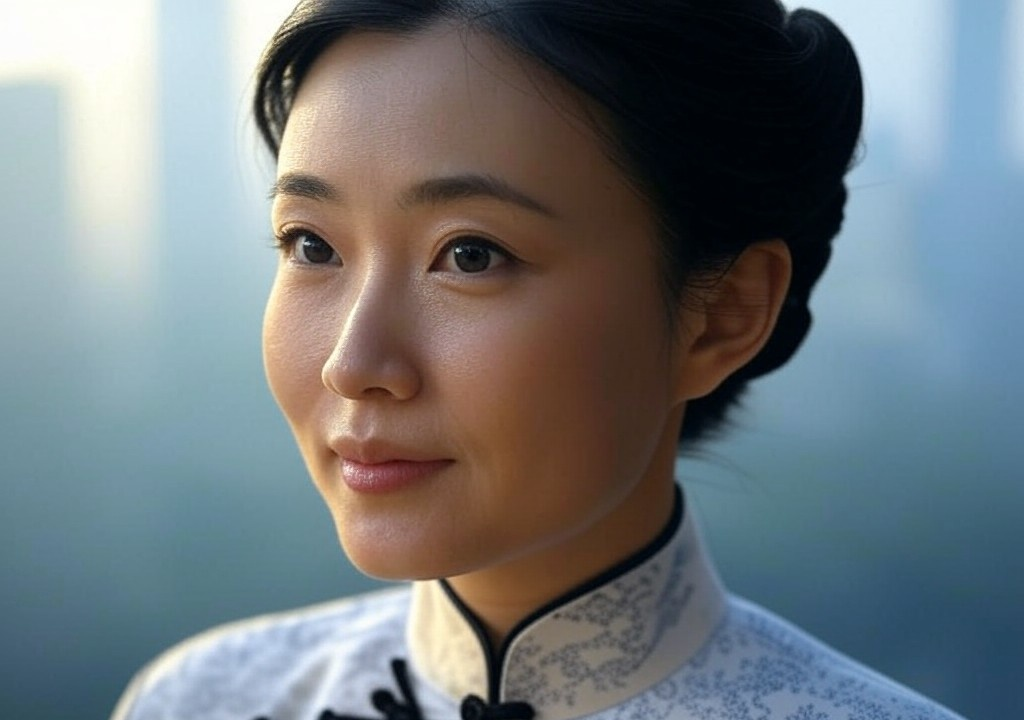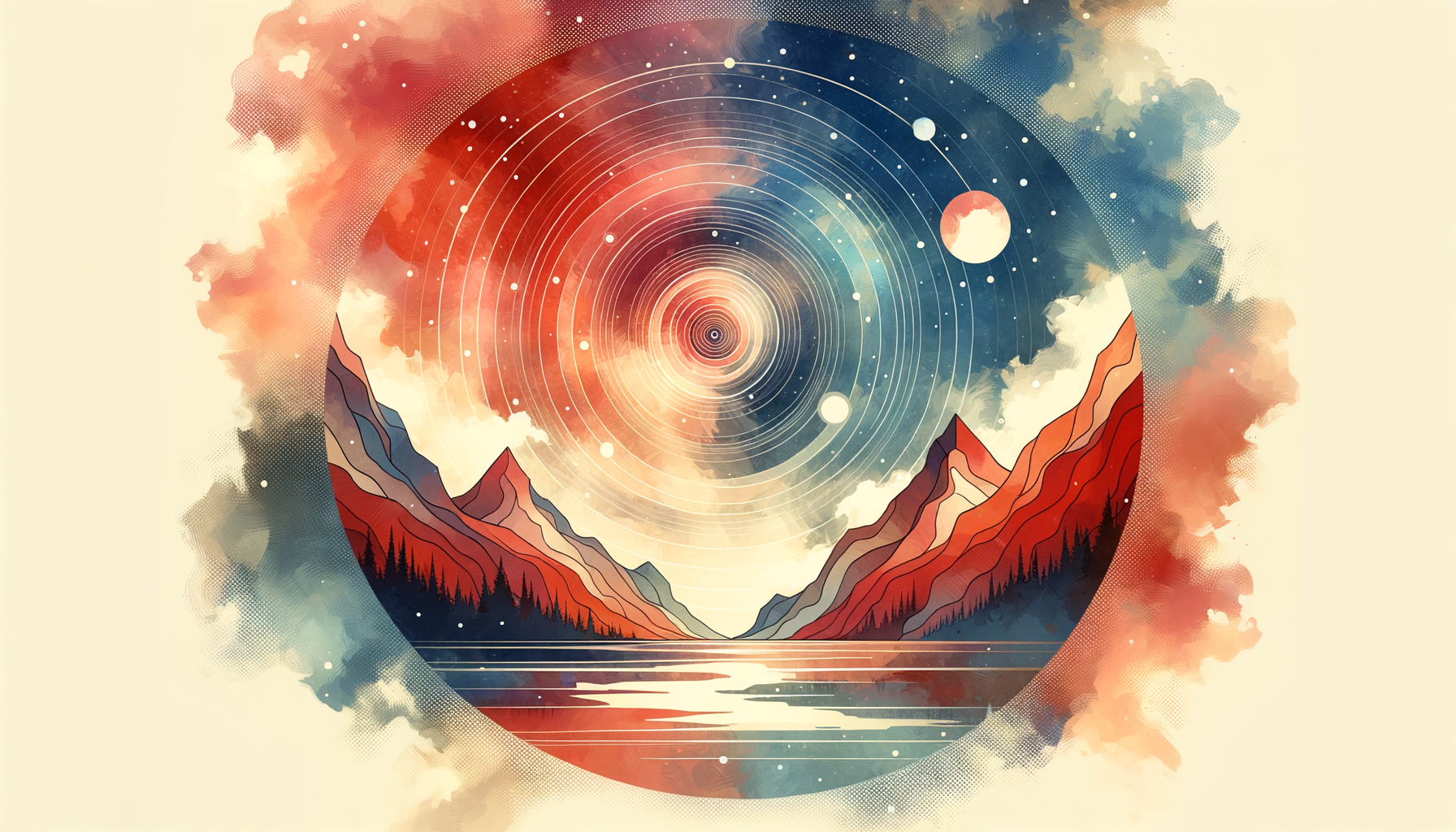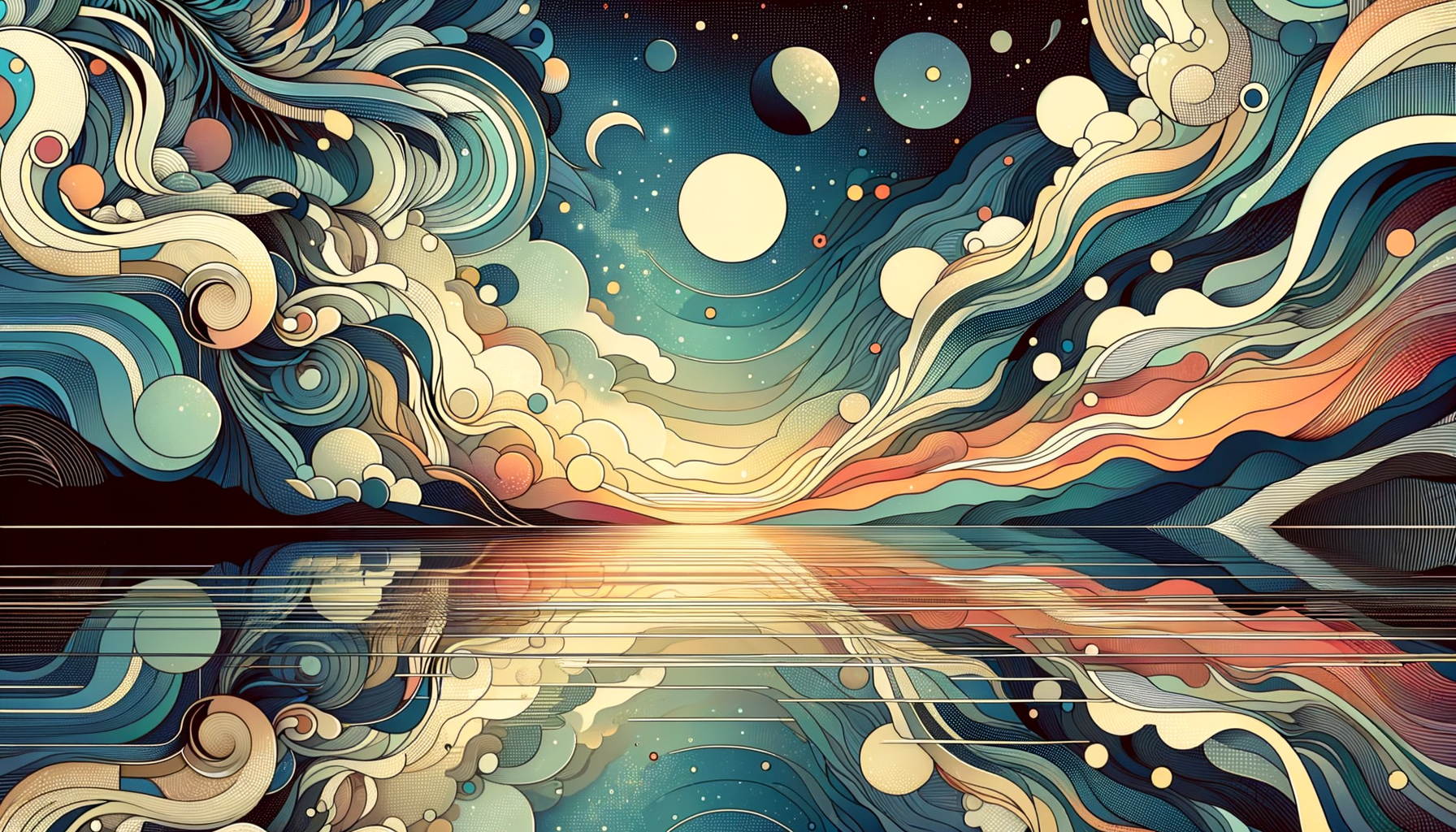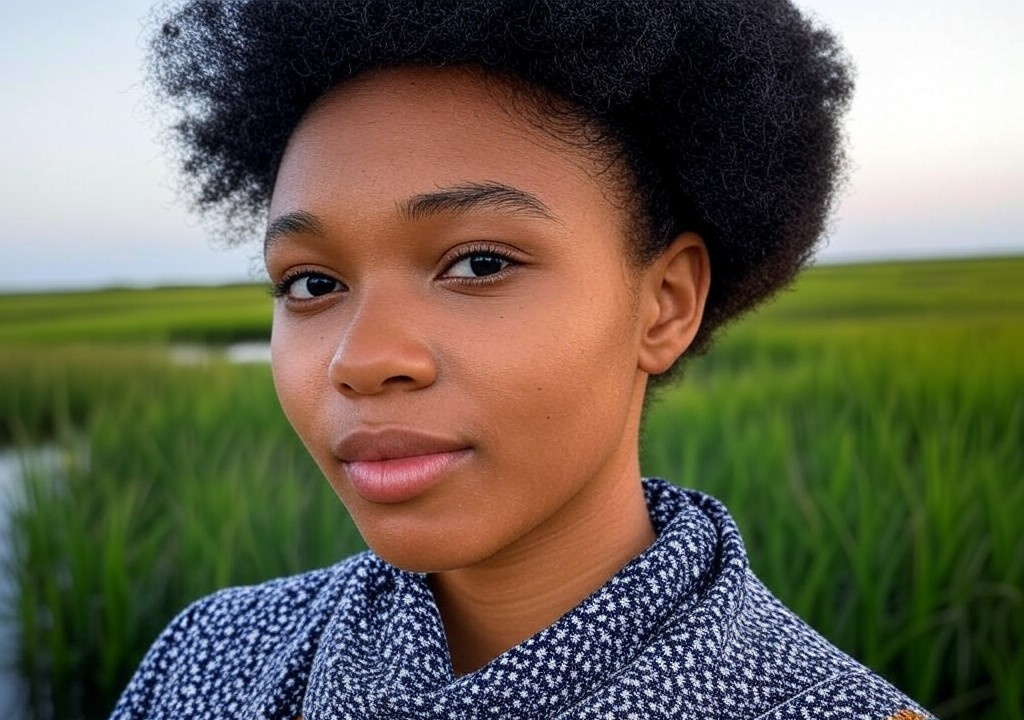The Moment I Knew: It Began with a Masterpiece
I was eight years old, standing in front of a Monet at the Met, wearing black patent-leather Mary Janes that squeaked with every overeager step. My mother—graceful, poised, an Audrey Hepburn lookalike if Hepburn had developed a chronic obsession with modernist landscapes—leaned down and whispered, “Do you see how the light dances on the water?” At the time, I didn’t. I saw blotches. Pretty blotches, sure, but blotches all the same.
It wasn’t until my father chimed in with his curator-worthy explanation, his voice taking on that hushed reverence only museum people and church-goers seem to master, that I started to understand. These blotches were daring. They were alive. They danced. “Monet painted how the world feels, not just how it looks,” my father said. That was the moment. Right there. No grand epiphany, just the quiet awe of possibility.
From then on, I was hooked—not just on art, but on finding the beauty, intention, and emotion buried in everything. What Monet sparked in me was bigger than brushstrokes. It was a love for the stories we tell about life, love, and, eventually, relationships. Little did I realize that standing before that blurred water lily garden would shape not just my path but also how I’d navigate modern romance.
Chapter One: Passion as a First Date
Let’s talk about what happens when you first meet something—or someone—you’re passionate about. Spoiler: it’s strangely like a first date. You’re fascinated, maybe a little infatuated, but you’re also unsure. Can this thing (or person) really become a part of your life, or is it a temporary fling?
When I became obsessed with art, I didn’t fully realize it was my forever. Sure, I got the posters, doodled clumsy Degas-style ballerinas in my notebooks, and tragically subjected my family to a tableau vivant-inspired Thanksgiving where everyone had to sit still for far too long. But I still treated it like a crush—curious and dreamy, but not integral.
Then, as happens on all great first dates, something shifted. I started seeing connections everywhere. Classical paintings reminded me of literary motifs. Sculptures became metaphors for love, heartbreak, power, and fragility. The romantic in me was addicted to how artists poured their souls into their work—boldly, vulnerably, recklessly—as if they had no other choice.
For me, the recognition of passion—the deep, unrelenting kind—isn’t about falling hard in a moment. It’s about realizing that the thing you can’t stop thinking about has already claimed your heart in a quiet, undeniable way. Like a first date you just know you’ll text after (without waiting the prescribed 48 hours).
Chapter Two: Art as My Relationship Coach
Here’s the fun part: as much as I immersed myself in art, it began to shape how I looked at people. If Picasso had his blue period, didn’t we all? (My blue period involved heartbreak, bangs, and way too much moody jazz.) If Rodin could sculpt sensuality as dramatic as “The Kiss,” then how could I settle for anything less than passion in a relationship?
Art taught me what dating books never could: that love is fluid. It’s deeply personal, perpetually evolving, and occasionally messy. There’s no one-size-fits-all brushstroke. My Monet moment taught me to chase what feels alive, yes, but it also whispered that sometimes, love (like art) involves layers of trial and error—or, let’s face it, revisions that closely resemble an emotional tornado.
For instance, have you ever dated someone with the haunting intensity of a Klimt painting—shimmering and magnetic—only to discover they left you exhausted, emotionally gilded but gasping for clarity? Or fallen for a Rothko type? A person so understated, they seemed simple, but actually they were unpacking emotions in monumental, color-blocked silence? If you’ve nodded yes, congratulations. You’ve just dated Modernism.
Art gives permission to see these complexities as beautiful. You’re not boring for loving someone steady like a Mondrian; you’re not reckless for chasing the chaos of Pollock. You’re just in tune with your own canvas. I’ve had my Picasso moments and my Matisse ones. But my biggest takeaway? A masterpiece isn’t born from safety. It’s born from authenticity. Imperfect brushstrokes and all.
Chapter Three: Putting Passion Into Practice
Let’s dig into the practical side. How does falling in love with a passion—whether that’s art, cooking, marathon running, or singing show tunes off-key—help shape our relationships with others?
-
It teaches you to prioritize feeling over perfection. People are not still lifes. Relationships are not symmetrical Renaissance paintings. Too often, we try to curate our lives like Instagram feeds—perfect and polished. But passion reminds us to focus on what matters most: how someone makes you feel.
-
It builds emotional resilience. When you’re committed to something you love, you’re going to face rejection, setbacks, and what-the-heck moments. (My first job as an art handler had me lugging canvases up six flights of stairs while dodging pigeon attacks. Glamorous, I know.) The point is: passion creates patience, and patience is gold in relationships.
-
It demands that you know yourself. Falling for art taught me to own my odd blend of romanticism and intellectual curiosity. It empowered me to embrace the parts of myself I had tried to downplay—like my total fascination with obscure Impressionist painters or my tendency to quote Virginia Woolf incessantly when tipsy (cliché, I know). When you know who you are, you’re less likely to settle for someone who can’t see your value.
Chapter Four: The Risks of Loving Deeply
Of course, passion is a flirt. It demands attention, beckons you with its allure. But it also deflates when neglected. Like a sizzling new crush, it can fade if you don’t check in, prioritize it, and tend to its intricacies.
I’ll admit there have been times when I’ve let my love for art go on autopilot. Deadlines, relationships, and the drama of modern life (read: my total dependence on oat-milk cappuccinos) have gotten in the way. But every time I return to it, whether through a late-night museum exhibition or sketching charcoal lines across a blank page, I’m reminded why I fell in love.
The same is true in relationships. Passions—even romantic ones—don’t survive neglect. And they shouldn’t. Staying in love requires that same vulnerability Monet taught me all those years ago: being willing to show up, messy and blurred but still alive.
Conclusion: Building Your Own Canvas
Loving my passion—and letting it teach me about life—has been messy, unstructured, and wholly magical. It’s a constant process of letting go and letting it breathe while also holding firm to its roots.
As I’ve grown, I’ve realized the best relationships with people mirror this same dynamic: holding tight to what is true while leaving space for change, growth, and the occasional chaotic brushstroke. Passion taught me to chase what makes me feel vivid. Relationships taught me to slow down enough to savor the masterpiece we build together.
So if you’re someone still searching for a spark (or looking to reignite a lost one), remember: start with what lights you up. Fall into it, make all the mistakes, breathe in the imperfections, and let your passion guide you to people who lean into your bold strokes—and maybe, just maybe, who want to paint alongside you.

